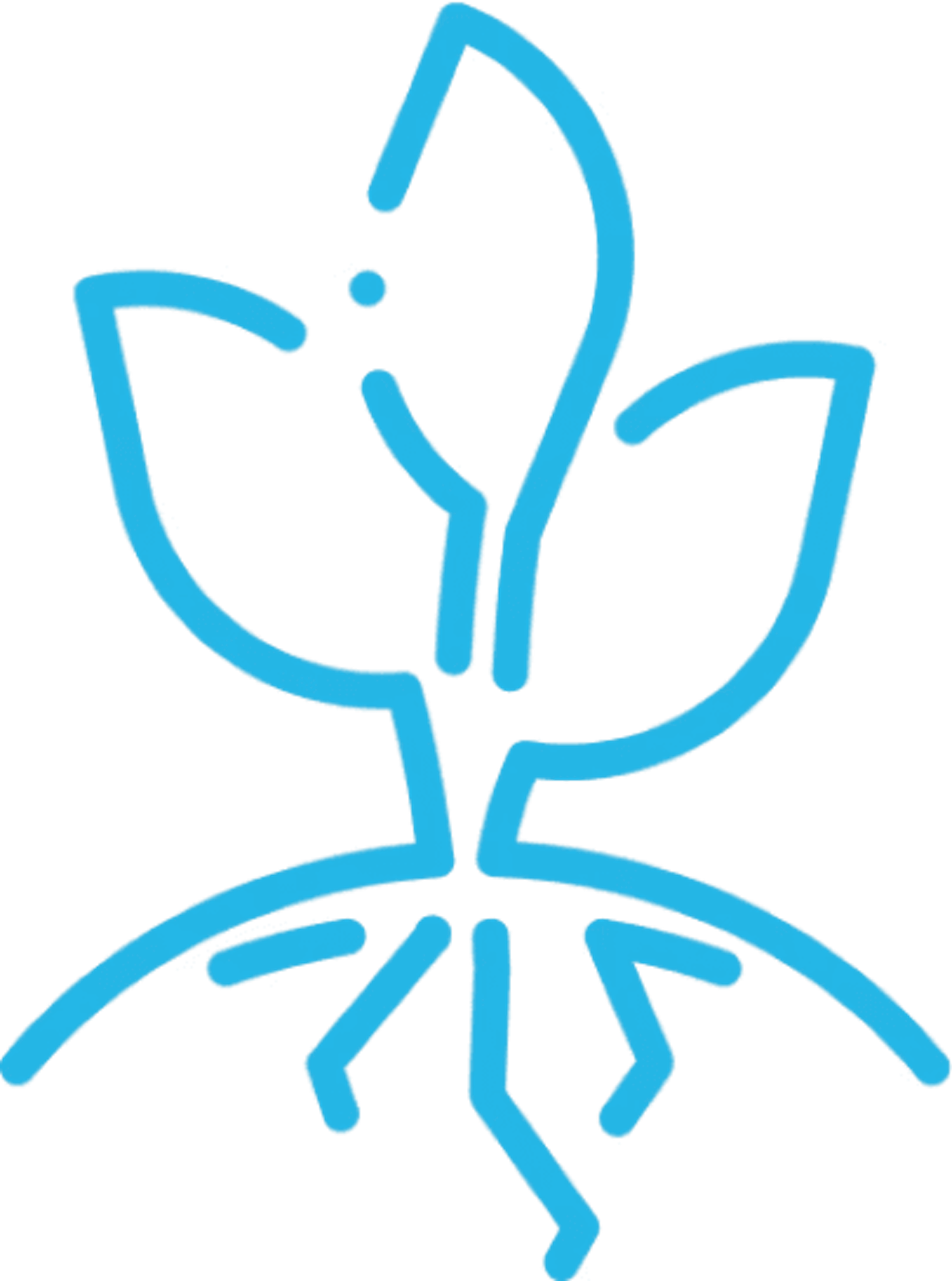Sugar

Overview
An estimated 100 million people are involved in sugar cane production globally. Sugar cane accounts for 80 percent of the sugar produced in the world while the remaining 20 percent is made from sugar beet. Brazil, India and China are the top producing countries for sugar.
Sugar cane supply chains consist of farmers, cooperatives, mills, processors, exporters, manufacturers, retailers and end consumers.
Small-scale farmers produce roughly 40 percent of the world’s sugar cane. Despite growing demand for the commodity, global sugar prices remain volatile and often do not cover the cost of production particularly for smallholder producers who are impacted by the increasing effects of climate change. Fairtrade works with small-scale sugar cane producers in Asia and the Pacific, Latin America and the Caribbean and Africa.
The salient issues in the sugar sector are (in the order of saliency):
- Living income & wage
In many regions, the incomes smallholder producers earn from sugar cane production are insufficient to sustain them. On top of this, producers face the negative effects of climate change and increasing production costs.
- Water & Biodiversity
Intensive use of water and agrochemicals in monocultural sugar cane production threatens the surrounding natural resources. It is also common to burn sugar cane fields which reduces biodiversity levels.
- Health
Working in sugar cane fields is often harsh. In India, arduous physical labour can be conducted over long hours – as many as 12 hours per day, typically without protective gear, and directly exposed to the heat and the sun.
- Child rights
Child labour in sugar cane production has been documented in multiple countries across Africa, Latin America and Asia. Children can be exposed to hazardous forms of labour while working.
- Non-discrimination
Globally, minority workers can face more discrimination in sugar cane production compared to other producers. This affects, for example, women and girls, migrants, indigenous peoples and other ethnic groups.
- Forced labour
Debt dependence is one of the causes of forced labour that has been detected in global sugar cane production. Low incomes and increasing production costs add to the challenge.
- More information on risks in sugar

Root causes
A regulated market and global competition: Globally, sugar prices are set through an international market. In Brazil and India, the largest sugar producers, prices are influenced by governments. Other countries protect their markets with import tariffs and subsidies. Regulated markets and price volatility can lead to multifaceted poverty for smallholder farmers, workers and the communities dependent on sugar cane production.
Climate change: Rising temperatures, droughts, floods, soil degradation, and unpredictable rain patterns threaten global sugar cane production. Reported crop losses due to climate change-related effects are expected to worsen across sugar cane producing countries. Intensive use of water and agrochemicals puts further pressure on fragile natural resources. For farmers, the consequent challenges translate into smaller harvests and higher costs.
Background data on cane sugar (*Global Volume / **Fairtrade Volume)
Largest producer countries*
- Brazil (44%)
- India (27%)
- China (6%)
- Thailand (6%)
- Pakistan (5%)
- Others (12%)
Data from 2022. Source: FAO, 2024.
Dominant production model*
Roughly 60 million small-scale farmers account for 40 % of sugar's global production.
Source: ILO 2017.
Fairtrade certified producer organisations**
Data from 2022. Updated in March 2024.
Fairtrade certifiable production**
metric tonnes, 2022. Updated in March 2024.
Farmers in Fairtrade organisations**
Data from 2022. Updated in March 2024.

Stay updated
Partnering for change
Companies can be part of the solution by identifying and addressing the most serious risks and root causes in collaboration with farmers, workers and other affected people. Sign up to receive updates as we add new information to this Map, or to hear how Fairtrade can support your corporate sustainability due diligence.
Map View